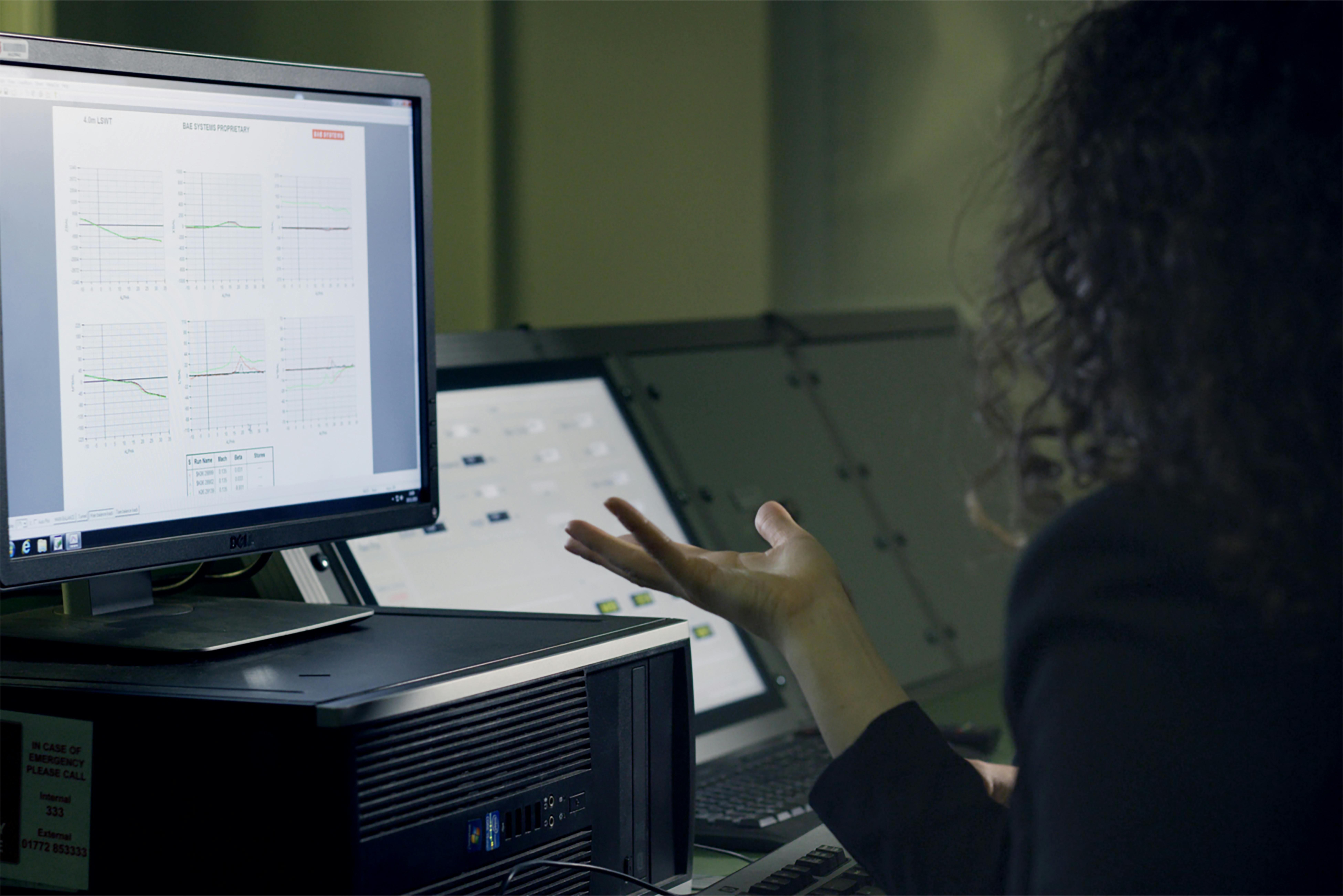by Ashley Carter
Share
The term “The Cloud” is fairly ubiquitous these days. We store our photos, music, and documents all on the cloud without issue. When it comes to your laboratory’s LIMS, what does hosting in the cloud really mean?
Accessibility
When it comes to accessing your LIMS, it’s important to know that you will be able to log on when and where you need to. A cloud LIMS is web-based, so accessing your LIMS is as simple as entering a URL. However, there is much more going on behind the scenes to make your cloud-based LIMS solution just as secure as a server-based LIMS.
Security
LIMS providers may utilize different cloud services, so each should be reviewed for their features and your laboratory’s needs. Common LIMS providers utilize industry leaders such as Microsoft Azure, Amazon Web Services, and Google Cloud, all of which provide Cloud security, including data protection via encryption in transit and at rest.
Cloud platforms may also provide disaster recovery options, in the event there is ever an issue, you always have a method of recovery. Be sure to find out if your LIMS provider offers this option.
LIMS applications typically have password management options, such as complexity rules. If you need a little more than that, find out if the LIMS provider also support SAML and OpenID protocols.
Another layer of security available by hosting LIMS in the Cloud is the application of traffic restrictions utilizing ACL (access control lists). This allows only computers coming from the network to access the system.
Worry-Free Server Maintenance
Utilizing a cloud-hosted LIMS takes away the worry about keeping servers up-to-date, especially if your laboratory has limited IT support.
You also don’t have to worry about setting up redundant servers or procedures for power outage scenarios. Your LIMS provider has already taken care of all of that.
Data security and accessibility is a top priority for any company, and knowing that your LIMS provider feels the same goes a long way. Reach out to Wavefront LIMS using the “Schedule a Demo” button below review our Security page here to find out more about how our cloud hosting solutions can keep your system running and secure.
STAY IN THE LOOP
Subscribe to our Free Content
Learning about LIMS is a monthly article series where Wavefront shares questions that have come up throughout our interactions with a range of individuals and customers. We do our best to provide information about each topic to help people learn more about LIMS.
Sign up here to be added to our mailing list and receive these articles directly in your inbox.
In today's fast-paced labs, data-driven decision-making is essential. Utilizing advanced data analysis tools, like LIMS dashboards and KPIs, boosts operational efficiency. This article explores how these tools enhance performance and reduce costs, helping labs maintain exceptional quality standards.
Lab Data Management with a LIMS reduces errors and improves efficiency compared to manual data entry. Move away from spreadsheets and separate documents and see how Wavefront LIMS can improve your laboratory's workflow.
Experience the transformative power of a state-of-the-art LIMS system tailored to meet the unique needs of your laboratory. Our LIMS solution seamlessly integrates with your existing systems, streamlining workflows and boosting productivity. Say goodbye to manual processes and hello to automated efficiency with our cloud-based LIMS system. Schedule a demo today and unlock the full potential of your laboratory operations.
Unlock new levels of efficiency with LIMS workflow automation. Automate critical laboratory workflows without coding. Wavefront's powerful automation engine with over 800 built-in conditions and actions allows limitless customization of your LIMS processes.





